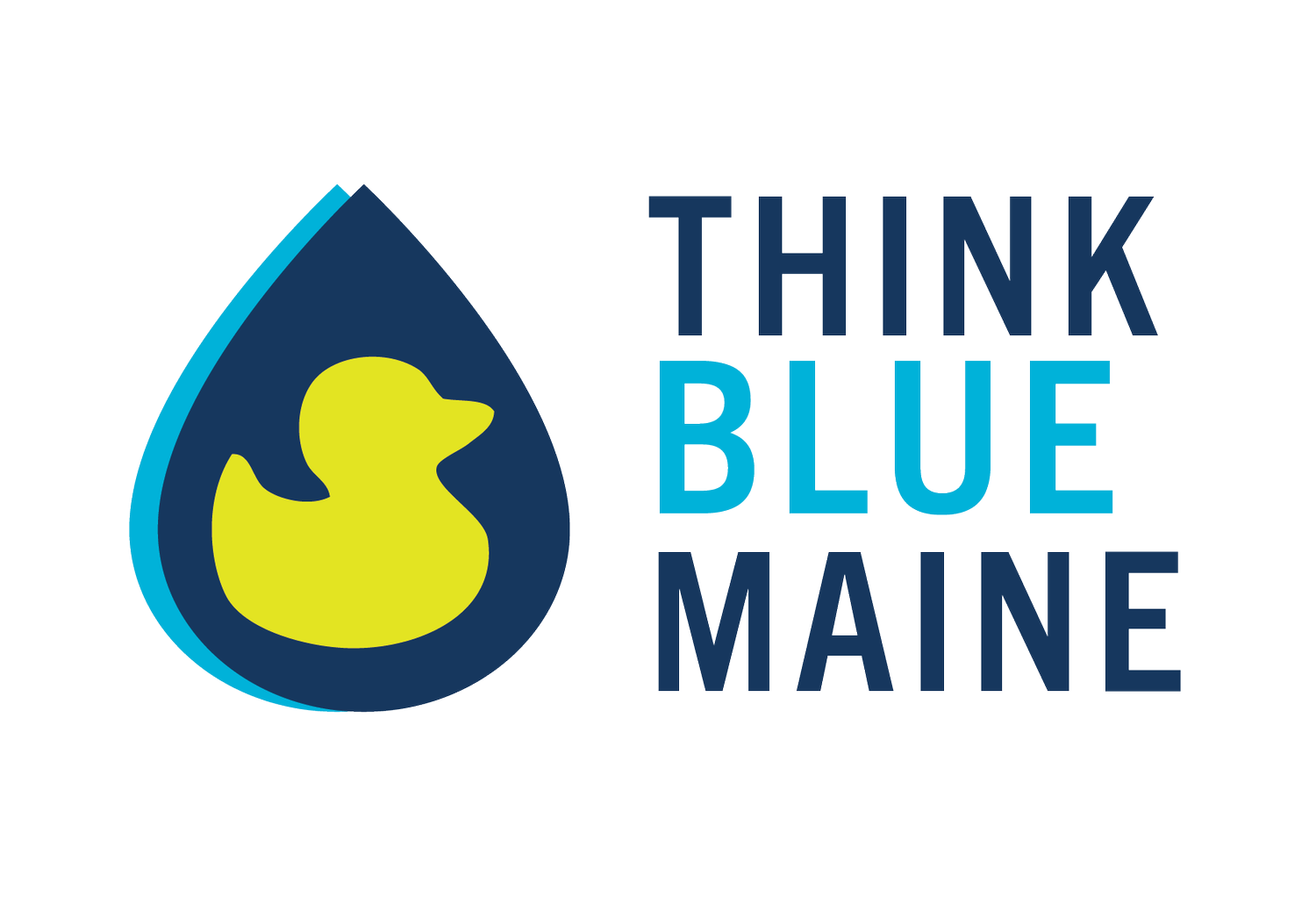What is a Watershed?
A watershed is an area of land where all of the rain and snow in it drains to the same water body, like a stream, river, pond, lake, or ocean. Watersheds are named after the water body they drain into. When water flows across the land it can pick up pollutants and carry them to a water body. We all live in a watershed that feeds a local water body which might be used as a drinking water source or for recreational or commercial activities. Watershed management often involves multiple communities working together on mutual land use policies and reducing polluted runoff to improve water quality.
The Water Cycle
The water cycle is the process of water moving due to gravity and heat between the atmosphere, glaciers and snow, water bodies, plants, animals, and land. During the water cycle, water changes between solid, liquid, and gas form, for example, changing from a liquid (lake water) to a gas (water vapor) when evaporation occurs. 97% of the Earth’s water is salt water, with the remaining 3% freshwater being divided up into frozen water (snow, glaciers, and ice sheets) (2%), groundwater (0.8%), and surface water (permafrost, lakes, ponds, rivers, streams, and freshwater wetlands) (0.2%).


